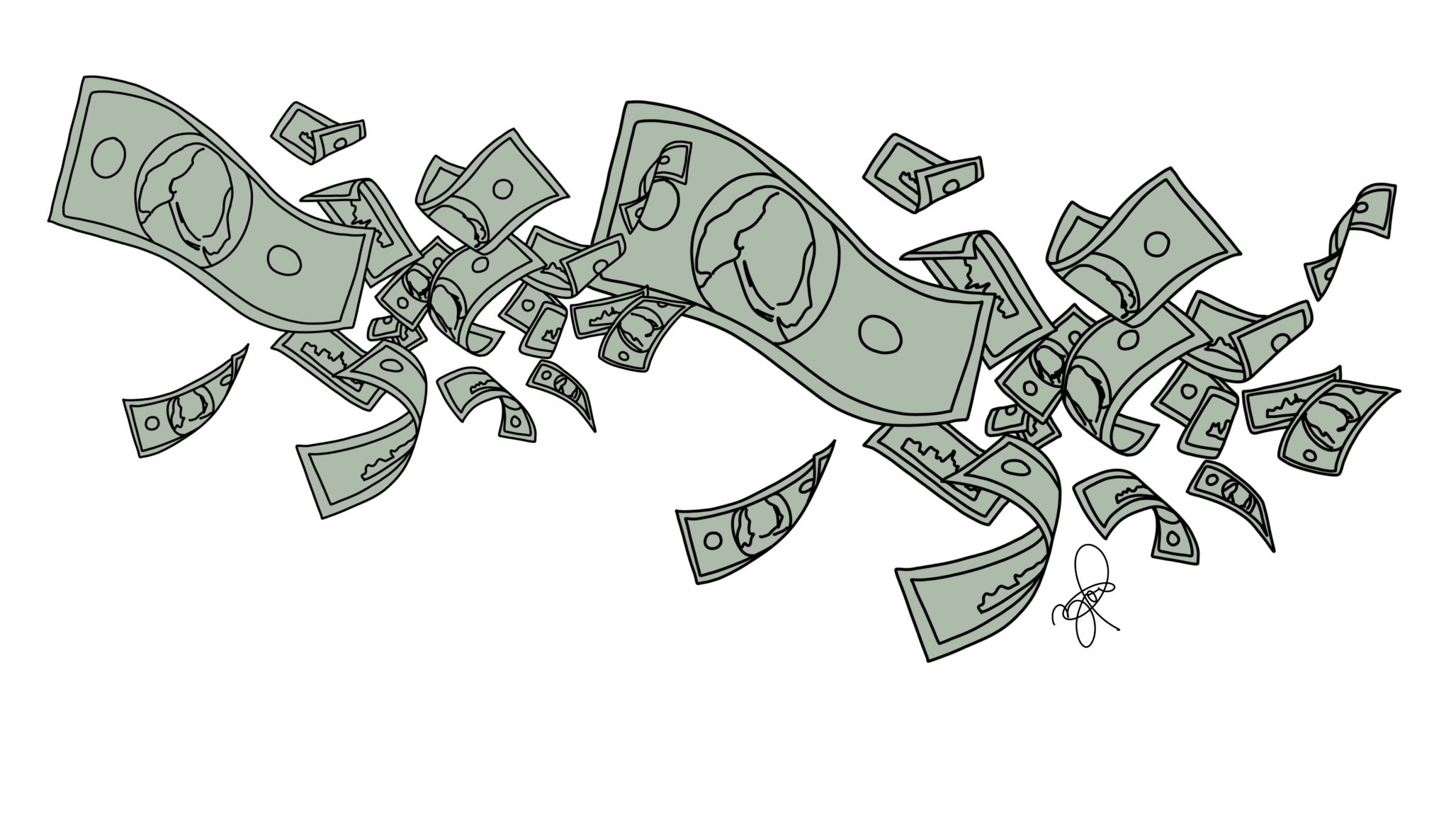Yale experts weigh in on rising costs and consumer spending
Despite damage control efforts by the government, rising costs still pose a detriment to consumer purchase power, Yale professors shared.

Zoe Berg, Photo Editor
In advance of the upcoming U.S. Bureau of Labor Statistics Consumer Price Index Report on Tuesday, Yale economics affiliates spoke about the relationship between inflation and changes in consumer spending.
The most recent BLS report was published on Aug. 10. Citing data from July of this year, it revealed that the Consumer Price Index remained unchanged from the previous month, but has risen by 8.5 percent overall in the past 12 months, meaning that the current cost of a theoretical basket of consumer goods is 8.5 percent more expensive today than it was 12 months ago. Economics professor Giuseppe Moscarini told the News that any monetary or fiscal policy aimed at curbing this inflation will take time to affect the market.
“Monetary policy acts with a significant lag,” Moscarini wrote in an email to the News. “We have known this for a long time. The [Federal Reserve’s] recent actions should start showing effects this fall, not yet now. Congress’s fiscal policy has been mostly stimulative; the recent act providing incentives to green investment can increase production capacity and bring prices down, but it will take years.”
Economists have established that rising prices constrict consumer spending habits. In particular, a Gallup poll conducted last month found that rising prices are imposing financial hardship on 56 percent of American households, marking a 7 percent increase since January.
Moscarini explained that inflation would be “harmless” if all prices and all wages were to rise predictably and universally. Yet when inflation rises quickly, he said, the volatile nature of inflation can inflict negative consequences on real wages, or the purchasing power of paychecks.
He added that inflation particularly affects households who rely on consistent earnings, as well as individuals who hold financial assets like bonds and savings accounts. Students, according to Moscarini, are “typically the least exposed” to inflation’s negative impacts.
At its last meeting in July, the Federal Reserve raised the target range for the federal funds rate — the interest rate that banks charge one another to borrow money overnight — from between 1.50 and 1.75 percent to between 2.25 and 2.50 percent to help target rising inflation. Jerome Powell, chairman of the Federal Reserve, recently indicated that the Fed will likely continue to raise interest rates.
Moscarini referred to a phenomenon called the “liquidity channel,” in which higher interest rates reduce business activity by making certain operations and investments more expensive for companies to finance. As business activity decreases, Moscarni said, companies may cut back on hiring or decrease real wages. As a result, certain workers may be forced to cut back on their spending habits if they are unable to borrow money from other sources.
In an interview with Yale Insights, Yale School of Management professor Ravi Dhar stated that inflation can have complex and unexpected impacts on consumer behavior.
“You can’t make a general statement that people all buy less or trade down; it depends,” Dhar said. “For example, when people start eating out less at restaurants, they spend more on food products they’ll consume at home. Since I’m not spending $20 on fish at a restaurant this week, I can go to the store and buy not the cheapest fish, but one of the better fish. You see these fascinating changes in behavior. Taken together, there’s a lot of complexity.”
Moscarini said that consumers can do their part to combat high inflation by shopping for more inexpensive opportunities, which pressures sellers to keep their prices low.
The U.S. Bureau of Labor Statistics will publish its next Consumer Price Index report on Tuesday at 8:30 a.m.







